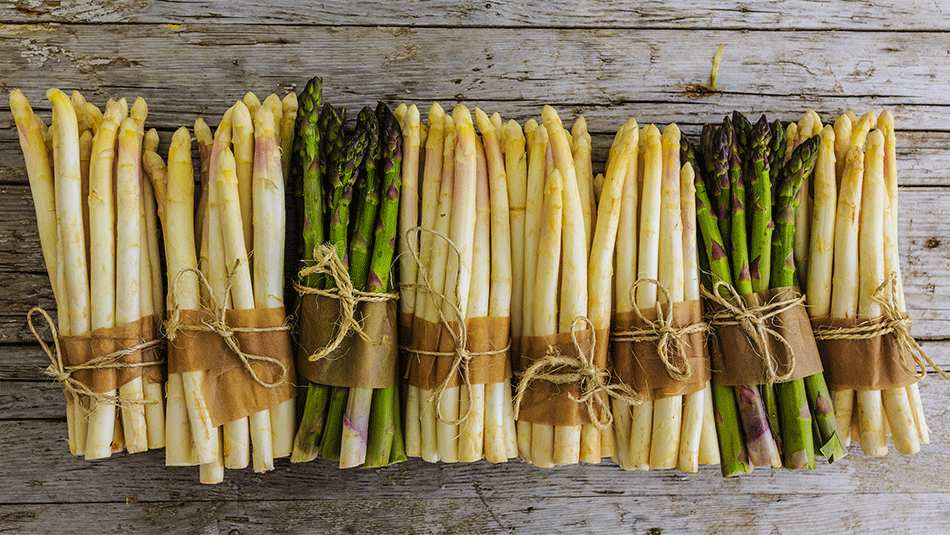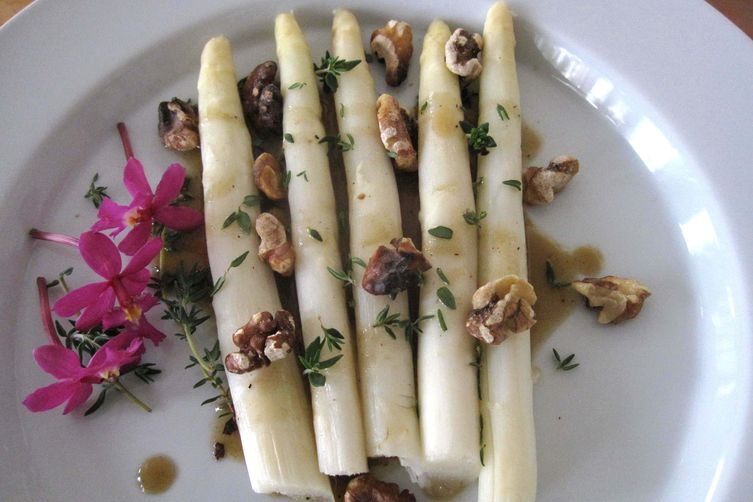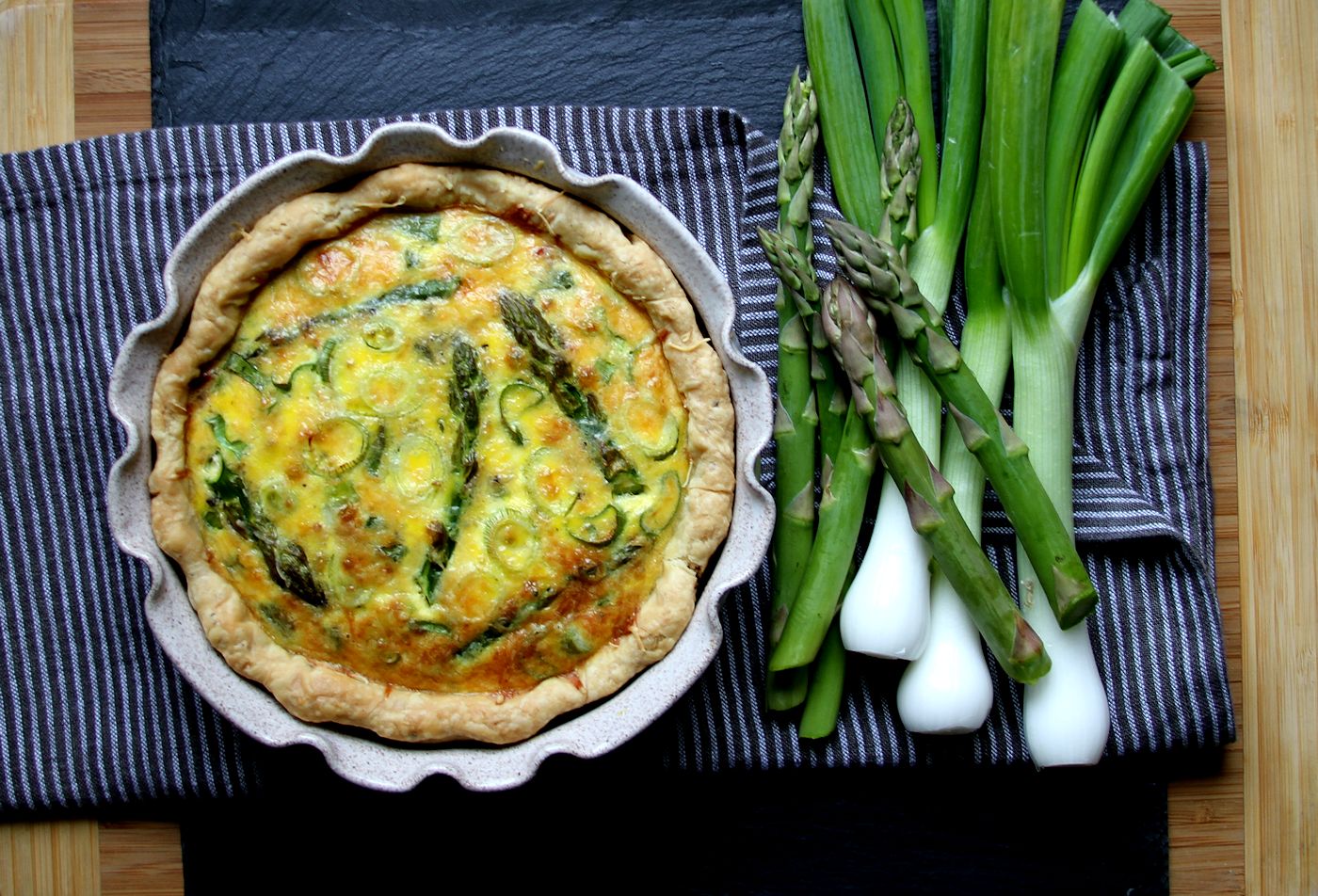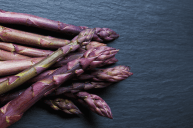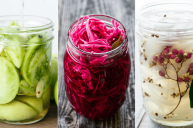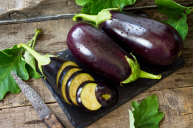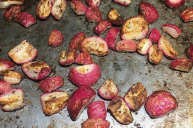Asparagus is one of those springtime vegetables that is nearly impossible to not like. It's the blank canvas of produce: the subtle flavor of asparagus spears are able to wonderfully camouflage into almost any dish. And they're pretty good on their own too, especially when they're smothered in sauce or parmesan cheese.
Videos by Wide Open Country
Whether you throw it on a grill, toss it in olive oil and lemon juice, mix it into a fresh quiche, or toss some into a pasta dish with sea salt, the versatility of this vegetable can be almost overwhelming. Everything from a popular summer side dish to an Easter side dishes classics, roasted asparagus makes it appearance almost everywhere in the spring.
It gets even more complicated when you're forced to decide between green asparagus and white asparagus. Can anyone tell the difference anyway? Yes, of course because there are white spears and green spears, but do you know what the difference really is, past the outside appearance?
Here's a little guide to walk you through the differences between these two types of asparagus stalks.
The difference goes down to the roots
The main distinction between these two shades are in its roots. Think of the white variety as albino asparagus with a delicate flavor. In terms of vegetable side dishes, they also are an interesting surprise on the place.
While the green variety is exposed to the sun and allowed to develop a healthy amount of chlorophyll, the naturally occurring chemical that turns vegetables green, the white kind is not.
Farmers will generally either cover the white stalks of the fresh asparagus or grow them underground in order to ensure they retain their translucent coloring.
Both varieties are, however, grown in the spring.
Do they taste different?
Even if your palette is not primed to be an asparagus taste-tester, you will still notice a difference in flavor, especially when you cook asparagus. In generally, the first thing you will remark is that white asparagus in milder and brighter in flavor, making it the best asparagus type to add to soups, especially asparagus soup in particular, salads, and even in an asparagus Dutch baby.
Green asparagus has woodier and grassier notes. However, this heartier flavor makes it better suited to being an addition to a variety of asparagus side dishes, like roasting it on the grill. Popular recipes using green asparagus include oven-roasted asparagus, garlic asparagus, honey almond asparagus, and asparagus soufflé.
Why does white asparagus cost so much more?
If you're purchasing this spring vegetable in the United States, you've probably noticed that paler sort is significantly more expensive than its green colored cousin. That's because green asparagus is grown and harvested in America while white asparagus is cultivated mainly in Europe and South Africa. Hello, import taxes.
Naturally, having to import a vegetable thousands of miles is going to increase the cost. Despite the augmented price, especially if you've never had it, white asparagus really is worth the splurge.
How to prepare white asparagus
As white asparagus is a traditionally European dish, it seems sensible to look to their recipes for how to properly dress these pale spears.
Often, just a simple vinaigrette or hollandaise sauce is listed as the perfect accompaniment. Most recipes do, however, emphasize the importance of peeling the stalks and cooking them until they are tender. Otherwise, you may find these white spears not to be as delicious as you envisioned them. In that case, it's time to pull out your reliable vegetable peeler.
Try a recipe for White Asparagus with a Black Pepper Garlic Vinaigrette here. Add a splash of fresh lemon juice at the end and maybe a pat of herbed goat cheese on the side. Yum!
How to prepare green asparagus
At the other side of the spectrum, there is the pencil thin green asparagus. These are not going to be as tough to chew as the European ones, however, sometimes you may need to trim off the end of their stalks if they become too woody. In fact, you don't need to even cut those tough ends -- simply snap the stalks where they want to give, it's one of the easiest ways to prepare asparagus.
Also, you generally don't need to boil it like you do the white ones. A quick sautée or par boil until they are al dente will suffice. Additionally, bundle those stalks, wrap them in bacon and slap 'em on a baking sheet in a single layer for a decadent and easy asparagus twist. You can even grill the bundles, and a sprinkle of garlic powder goes a long way with a little lemon juice.
However, for a nontraditional twist, use them in a savory tart to really capitalize on their springtime flavor and snappy texture. They make a perfect side dish, but are really the main stars of the show when you let them live a little.
Grab the recipe for a Green Asparagus Spring Onion Quiche here. Pair with a little dijon mustard and freshly grated parmesan for a tangy twist on one of these classic asparagus recipes.

